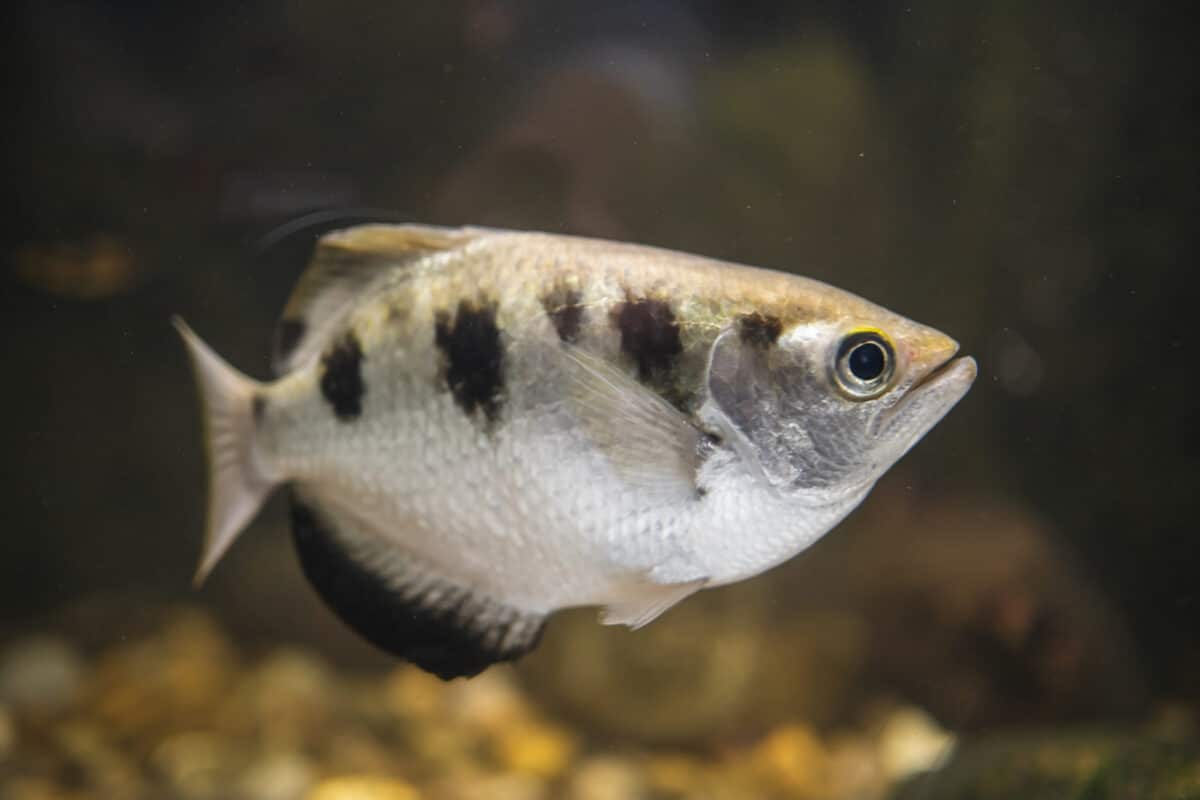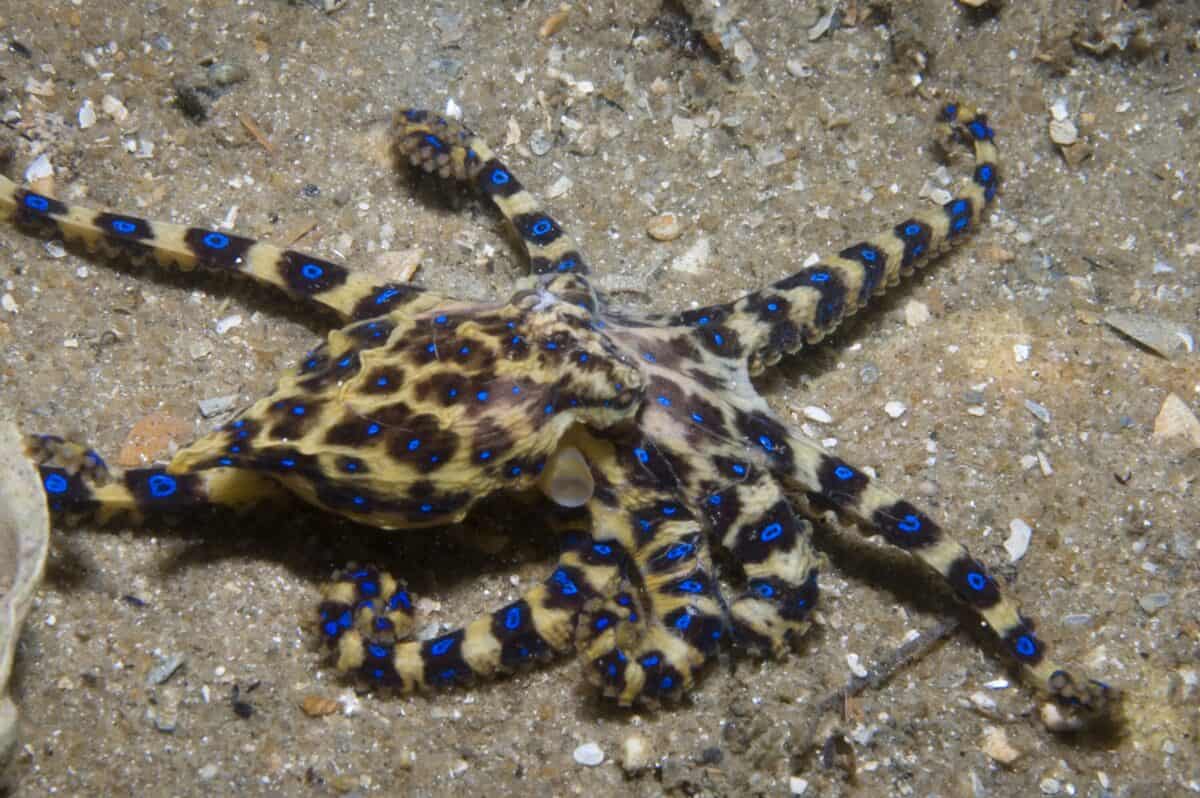In the animal kingdom, survival often hinges on the ability to adapt. Over millions of years, nature has shaped creatures with astonishing adaptations that sometimes seem almost superpowered. From incredible feats of camouflage to unparalleled stamina, these adaptations showcase the remarkable ingenuity of evolution. This article explores 11 such adaptations, offering a glimpse into the wonders of the natural world and the extraordinary capabilities developed by various animal species.
11. The Gecko’s Gravity-Defying Grip

Geckos have captured the fascination of both scientists and animal lovers with their incredible climbing abilities. This gravity-defying skill is thanks to the tiny hair-like structures called setae on their feet. Each seta splits into hundreds of nanoscale tips, known as spatulae, that interact with surfaces on a molecular level using van der Waals forces. This allows geckos to stick to and walk up smooth surfaces, including glass, with ease.
10. The Archerfish’s Precision Shooting

Archerfish possess a remarkable adaptation in the form of a unique hunting skill. These fish can shoot jets of water from their mouths to knock insects off branches into the water. The archerfish’s precision is due to their ability to adjust for refraction, the bending of light as it passes through air and water, which would otherwise distort their aim.
9. The Chameleon’s Colorful Camouflage

Chameleons are renowned for their ability to change color, a skill they use not just for camouflage but also for communication and temperature regulation. This transformation is achieved through layers of specialized skin cells known as chromatophores, which contain different pigments, and iridophore cells that reflect light. By adjusting these elements, chameleons can exhibit a rainbow of colors to blend into their surroundings or display social signals.
8. The Peregrine Falcon’s High-Speed Dive

The peregrine falcon is the fastest animal on the planet, reaching speeds over 240 mph (386 km/h) during its hunting stoop (high-speed dive). This speed is made possible by their streamlined bodies, powerful muscles, and unique shape that reduces drag. Special adaptations, such as a strong heart and efficient respiratory system, allow the falcon to endure the physical demands of high-speed chases.
7. The Tardigrade’s Extreme Survival Skills

Tardigrades, also known as water bears, are microscopic creatures known for their resilience. They can survive extreme conditions that would be lethal to most life forms, including radiation, high pressures, and temperatures ranging from near absolute zero to well above boiling. Their secret lies in their ability to enter a cryptobiotic state, where they dry out and suspend their metabolism until conditions improve.
6. The Octopus’s Masterful Disguise

Octopuses are masters of disguise, equipped with the ability to change color and texture in an instant. This is possible due to chromatophores, similar to those in chameleons, along with additional layers of iridescent cells called iridophores and leucophores. Beyond color, octopuses can also mimic shapes and textures, allowing them to vanish into their backgrounds or mimic other, more dangerous creatures.
5. The Electric Eel’s Shock Therapy

The electric eel, despite its name, is more closely related to catfish than to true eels. This South American aquatic resident has specialized electric organs composed of thousands of electrocytes that can generate electricity. The electric eel uses electricity both for hunting, sending out high-voltage pulses to stun prey, and for navigation and communication through low-voltage pulses.
4. The Dragonfly’s Acrobatic Flight

Dragonflies are expert flyers, with the ability to hover, fly backward, and change direction with exceptional speed and agility. This is due to their two sets of wings that can beat independently, allowing them to maneuver through the air with unrivaled precision. With this aerial agility, dragonflies catch prey mid-flight, making them one of nature’s most efficient aerial predators.
3. The Box Jellyfish’s Deadly Tentacles

Among the deadliest creatures in the ocean, box jellyfish possess tentacles lined with nematocysts—specialized cells that discharge venom upon contact. This venom can cause excruciating pain, paralysis, and even life-threatening reactions in humans. Surprisingly, box jellyfish also have a primitive form of vision, with clusters of eyes that guide them through the water and toward their next prey.
2. The Hairy Frog’s Breakable Bones

The hairy frog, native to Central Africa, has a rather gruesome defense mechanism. When threatened, it breaks its bones to produce sharp claws that protrude through its skin, acting as makeshift weapons. Although this sounds painful, the frog can heal quickly, making this adaptation an effective last-resort defense against predators.
1. The Mimic Octopus’s Versatile Impersonations

The mimic octopus takes camouflage to the next level by not just blending in with its environment but also by mimicking other marine animals. This remarkable creature can imitate the appearance and behavior of poisonous creatures like lionfish, flatfish, and even sea snakes by changing its skin pattern and body position. This deceptive strategy helps the mimic octopus avoid predators by posing as more dangerous animals.
Conclusion: The Endless Creativity of Evolution

These 11 incredible adaptations highlight the astonishing creativity of evolution and the lengths to which animals will go to survive. From microscopic marvels like the tardigrade to powerful predators like the peregrine falcon, each of these adaptations offers a unique glimpse into the dynamic, ever-evolving tapestry of life on Earth. As we continue to explore and understand these adaptations, we are continually inspired by the natural world and its impressive capacity for innovation and survival.
- 14 Reasons Chickens Make Surprisingly Great Pets - August 16, 2025
- Yellowstone Grizzlies Are Back and They Mean Business - August 16, 2025
- 12 Animals That Change Color Instantly - August 16, 2025

